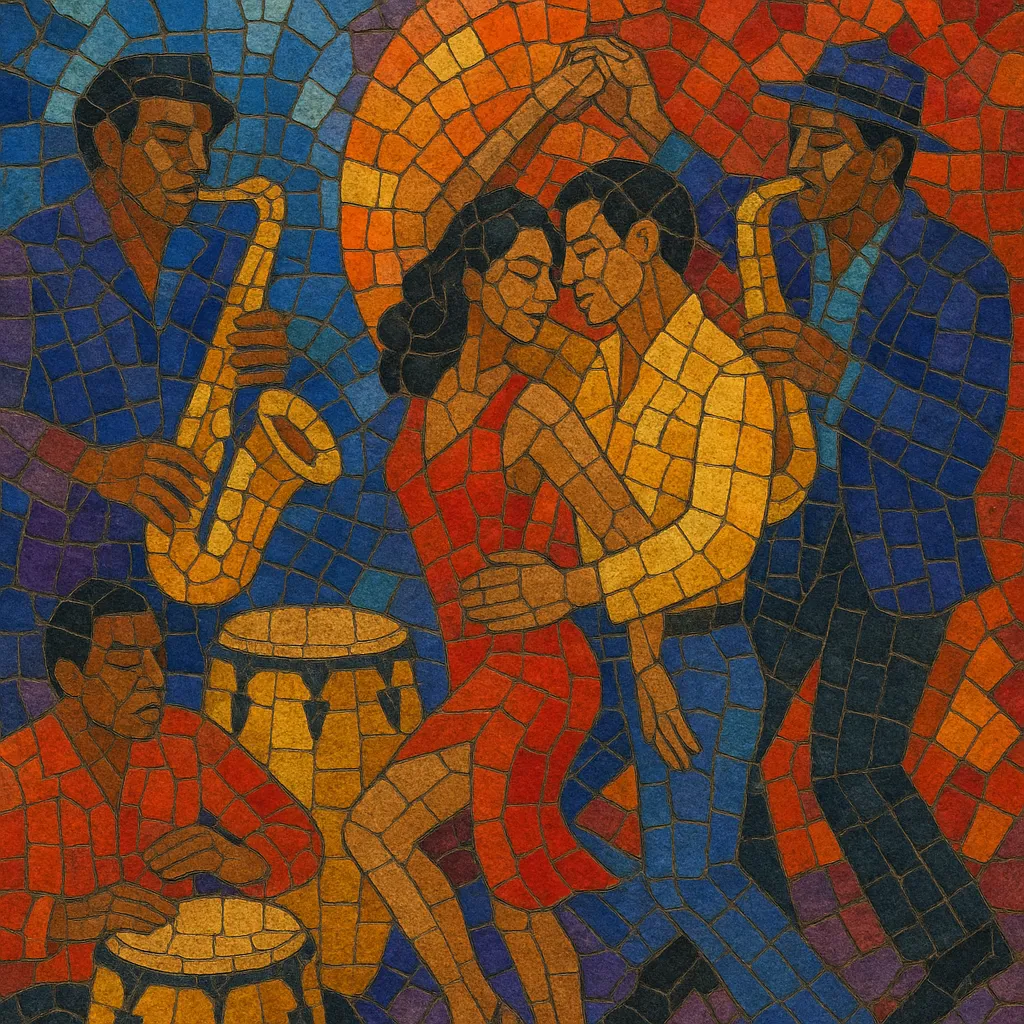
Latin disco is a 1970s fusion of New York–style disco with Afro‑Caribbean and Latin American dance rhythms such as salsa, boogaloo, mambo, and samba. It keeps the four‑on‑the‑floor pulse, string sections, and glossy production of disco, but layers in congas, timbales, cowbell, montuno piano riffs, and bilingual (Spanish/English) vocals.
The style crystallized in Nuyorican club culture and on labels like Salsoul, where Latin soul and Latin jazz sensibilities met the orchestral sweep of mainstream disco. The result is music that is festive, romantic, and relentlessly dance‑forward, with call‑and‑response coros, horn stabs, and tumbao basslines giving classic disco a distinctly Latin swing.
Latin disco emerged in New York City as Latin musicians and producers brought Nuyorican salsa, boogaloo, and Latin soul into the new disco format playing in downtown and uptown clubs. House bands and studios associated with the Salsoul ecosystem (Salsoul Orchestra, musicians tied to Fania alumni) began to merge disco’s four‑on‑the‑floor beat and strings with Latin percussion, montuno piano, and bilingual hooks.
By the late 1970s the style crossed over internationally. Records by The Salsoul Orchestra, Joe Bataan, and Dr. Buzzard’s Original Savannah Band sat comfortably next to mainstream disco while foregrounding congas, cowbells, and horn mambos. European projects (e.g., Santa Esmeralda, Gibson Brothers, Two Man Sound) embraced Latin grooves and themes (Brazil, Cuba) and delivered chart hits that broadcast the sound beyond U.S. Latin communities.
Although disco’s mainstream waned around 1980, Latin disco’s DNA persisted. Miami and New York acts (e.g., Miami Sound Machine; later Kid Creole & the Coconuts) reframed the aesthetic as sleek Latin dance‑pop. The percussion‑heavy, groove‑forward approach informed early house DJs and producers, particularly those sampling Salsoul recordings for the nascent house scene.
Latin disco helped normalize Latin percussion and bilingual vocals in global dance music, paving the way for Latin house, dance‑pop crossovers, and nu‑disco revivals that draw on its sunny harmonies, tumbao basslines, and party‑ready energy.

